Originally I was heading into a church but it was sealed up tighter than quire boy 
So I headed over to the strange tunnel into Harpur Hill, Buxton
I have absolutely no history on what it is or what it could have been for but it's a decent little mooch
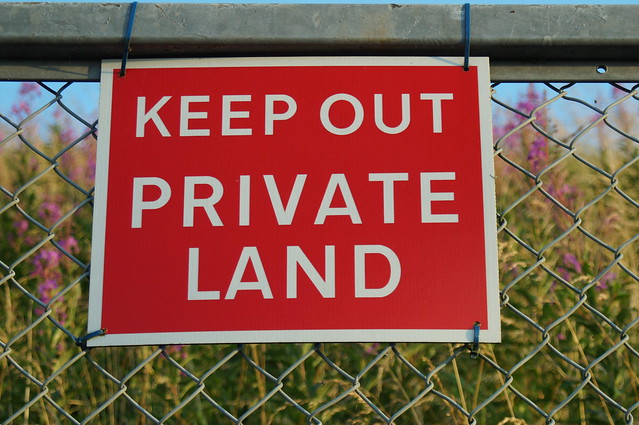
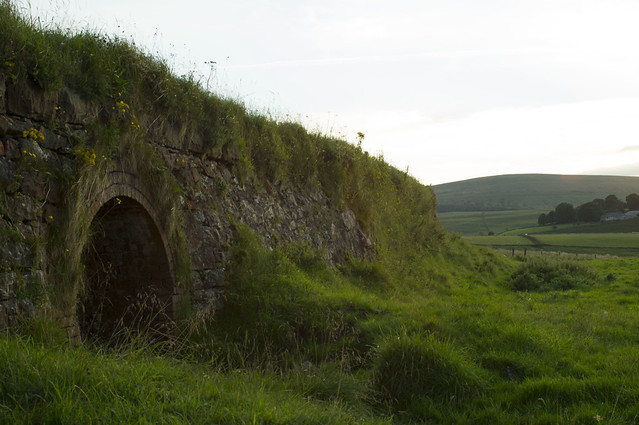
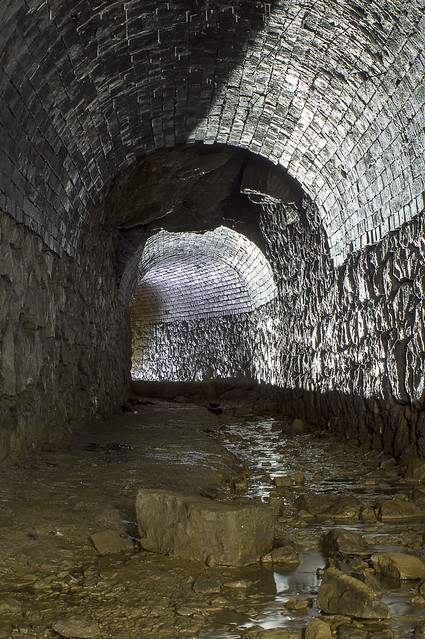
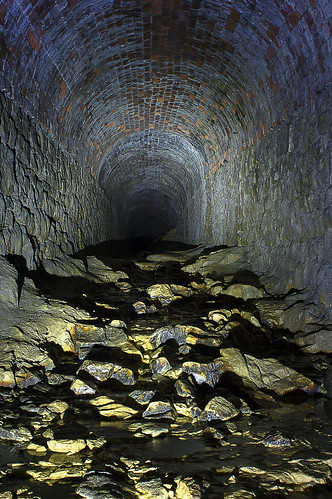
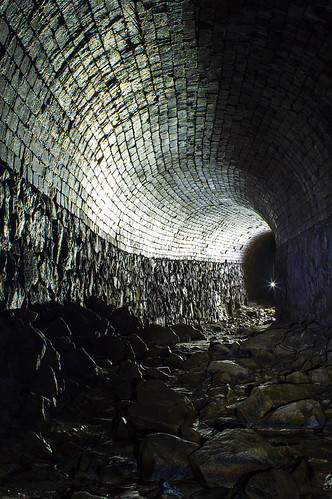
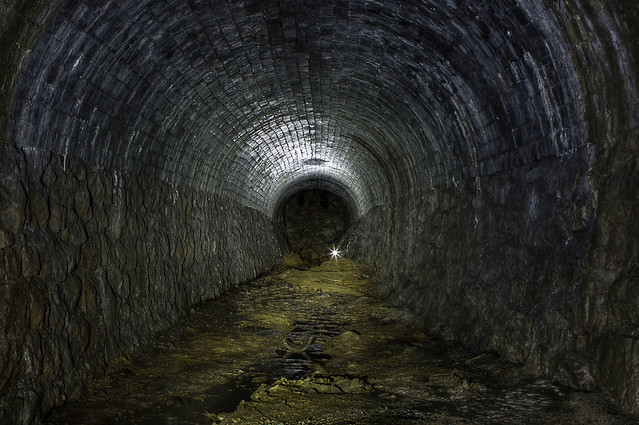
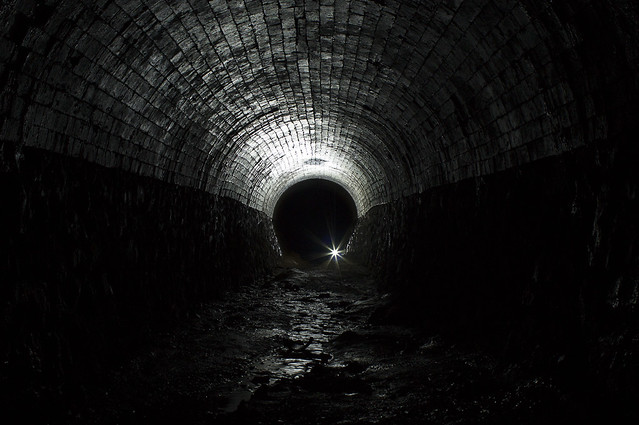
And finally I filmed the last 100 yards or so
[ame]http://www.youtube.com/watch?v=nB_KdAMHJ2M[/ame]
So I headed over to the strange tunnel into Harpur Hill, Buxton
I have absolutely no history on what it is or what it could have been for but it's a decent little mooch







And finally I filmed the last 100 yards or so
[ame]http://www.youtube.com/watch?v=nB_KdAMHJ2M[/ame]































